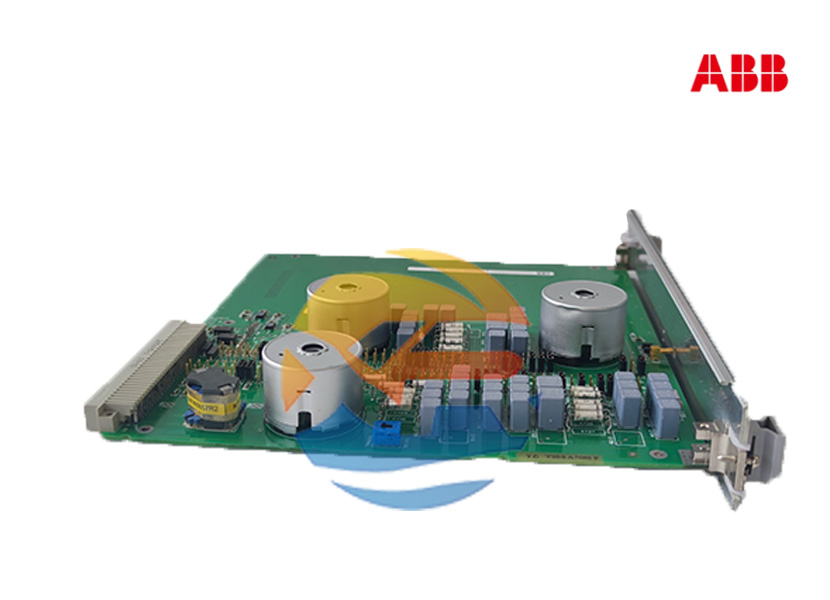In the modular world of Programmable Logic Controllers (PLCs), flexibility is key. A control system's capabilities are defined by the combination of its central processing unit and the specialized modules connected to it. The ABB P4LR 1KHL015107R0001 is a fundamental component within this ecosystem: a digital input module for ABB's versatile AC 500 PLC series. This article provides a comprehensive technical examination of this module, detailing its function, specifications, and its critical role in interfacing with the real world.
The ABB P4LR 1KHL015107R0001 is a specific model of a digital input (DI) module. It is designed to be part of a modular PLC setup, specifically for the ABB AC 500 family. The "P4LR" prefix and the full order code 1KHL015107R0001 identify this as a standardized, off-the-shelf component with defined electrical properties.
Its primary function is straightforward yet vital: to act as an interface between the low-voltage DC control signals from field devices and the internal logic of the PLC's CPU. It reads the ON/OFF status of sensors and switches and converts this physical state into a binary signal (1 or 0) that the CPU can process.
The operation of the P4LR module can be broken down into a few key steps:
Understanding the specifications of the 1KHL015107R0001 module is essential for correct system design.
This module typically has 8 digital inputs. This means it can monitor the status of eight independent field devices simultaneously.
It is designed for sinking or sourcing inputs (a common configuration for DC modules) with a nominal voltage of 24V DC. The exact acceptable voltage range (e.g., 20-30V DC) will be specified in the datasheet.
As mentioned, a key feature is channel-to-group isolation. This often means that groups of inputs (e.g., 4 inputs) are isolated from each other and from the system. This enhances reliability by preventing a fault on one channel from affecting others.
Each channel is equipped with an LED indicator. This provides immediate visual feedback on the status of each input (ON/OFF), which is invaluable for commissioning and troubleshooting.
The module is designed to slot into the baseplate of an AC 500 PLC rack. It communicates with the CPU seamlessly via the system's backplane, requiring no additional configuration for basic operation.
Within a typical machine control panel, the P4LR 1KHL015107R0001 module serves as the "eyes" for discrete events. For example:
The ABB P4LR 1KHL015107R0001 may be a standard component, but its role is fundamental. By providing a robust, isolated, and reliable interface for digital signals, it forms a critical link in the chain of industrial automation. Its design ensures that the valuable information from the field is accurately and safely delivered to the controller, enabling precise and reliable control of machines and processes.